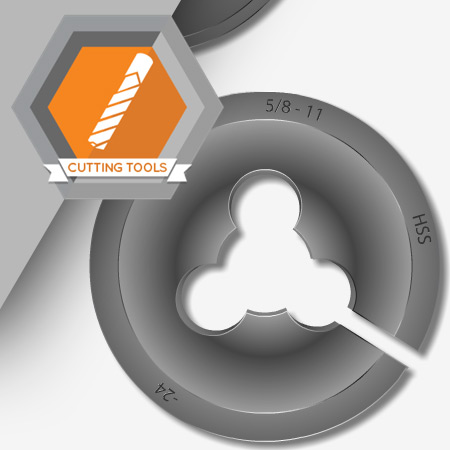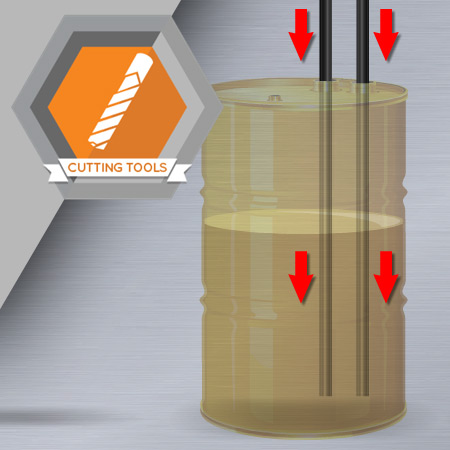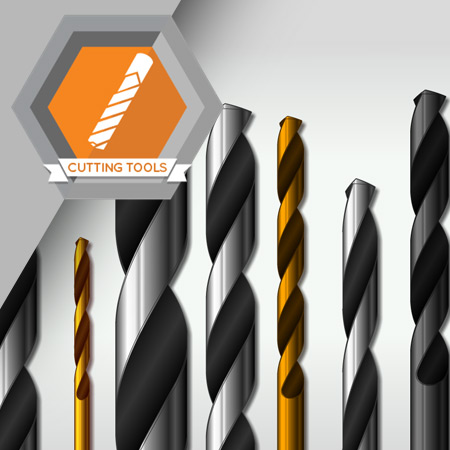
Two commonly used drilling attachments are drill guides and drill stops. Using these attachments will make it easier to drill a quality hole.
Learning Objectives
- List the parts of a drill guide
- Describe how a drill guide is used
- List the parts of a drill stop
- Describe how a drill stop is used
- Describe how a fixture is used
- Describe how a drill jig is used

A countersink is a conical hole cut into material that allows the head of a fastener to sit flush with the surface of the material. Flush head fasteners improve aerodynamics, prevent trip hazards, and allow parts to be placed next to each other with no interference.
Learning Objectives
- List the common reasons for countersinking a hole
- Identify the different types of countersink cutters
- Understand how countersinks are identified
- Describe the purpose of a microstop countersink tool
- Describe the proper technique for countersinking a hole
- Understand the proper way to use a countersink gauge

Cutting fluids are vital to the success of most machining operations on CNC machines. It is important to understand the properties and proper maintenance of the various cutting fluids.
Learning Objectives
- Distinguish between cutting oil, soluble oil, and synthetic cutting fluids
- List properties of cutting oils
- List properties of synthetic cutting fluids
- List properties of soluble oil
- List ingredients in soluble oils
- Understand how to use a refractometer

Drill bits are used in conjunction with drill motors to drill holes in workpieces. In this course, you will learn about drill bits and how to choose the right bit for the hole you are drilling.
Learning Objectives
- List different types of drill bits
- Describe the components of a drill bit
- Describe the purpose of a reamer
- List considerations for choosing the right drill bit
